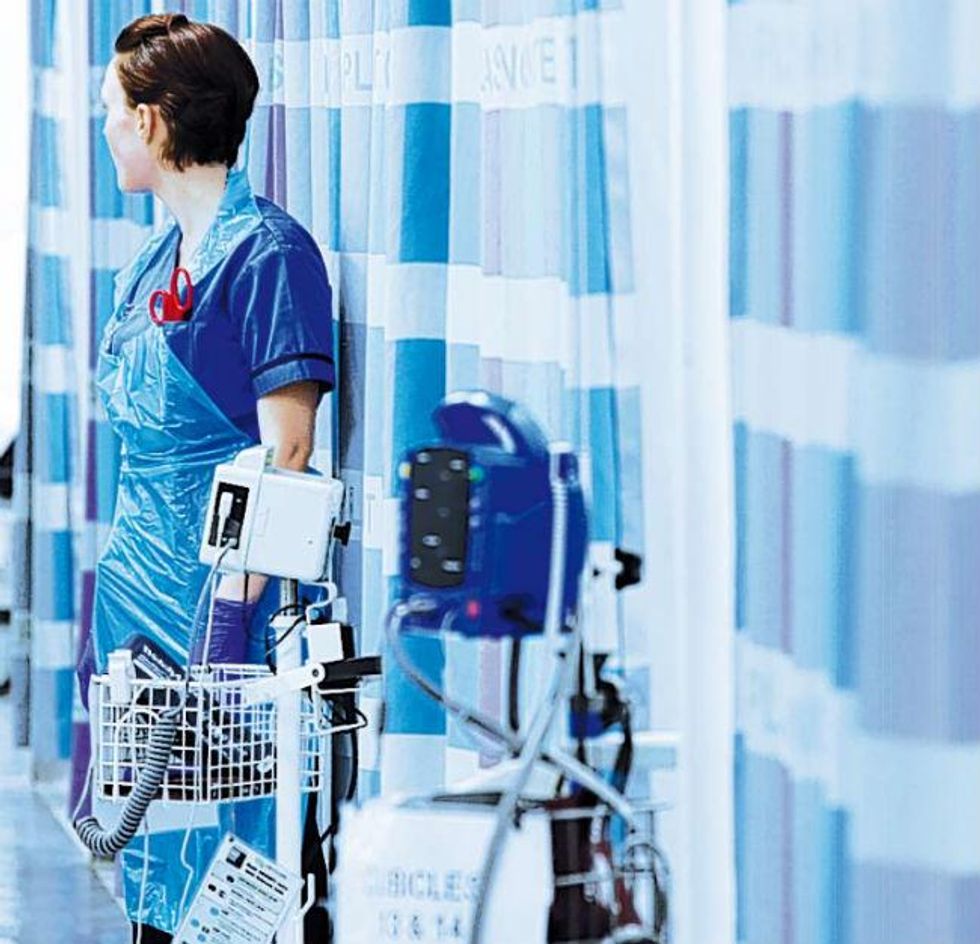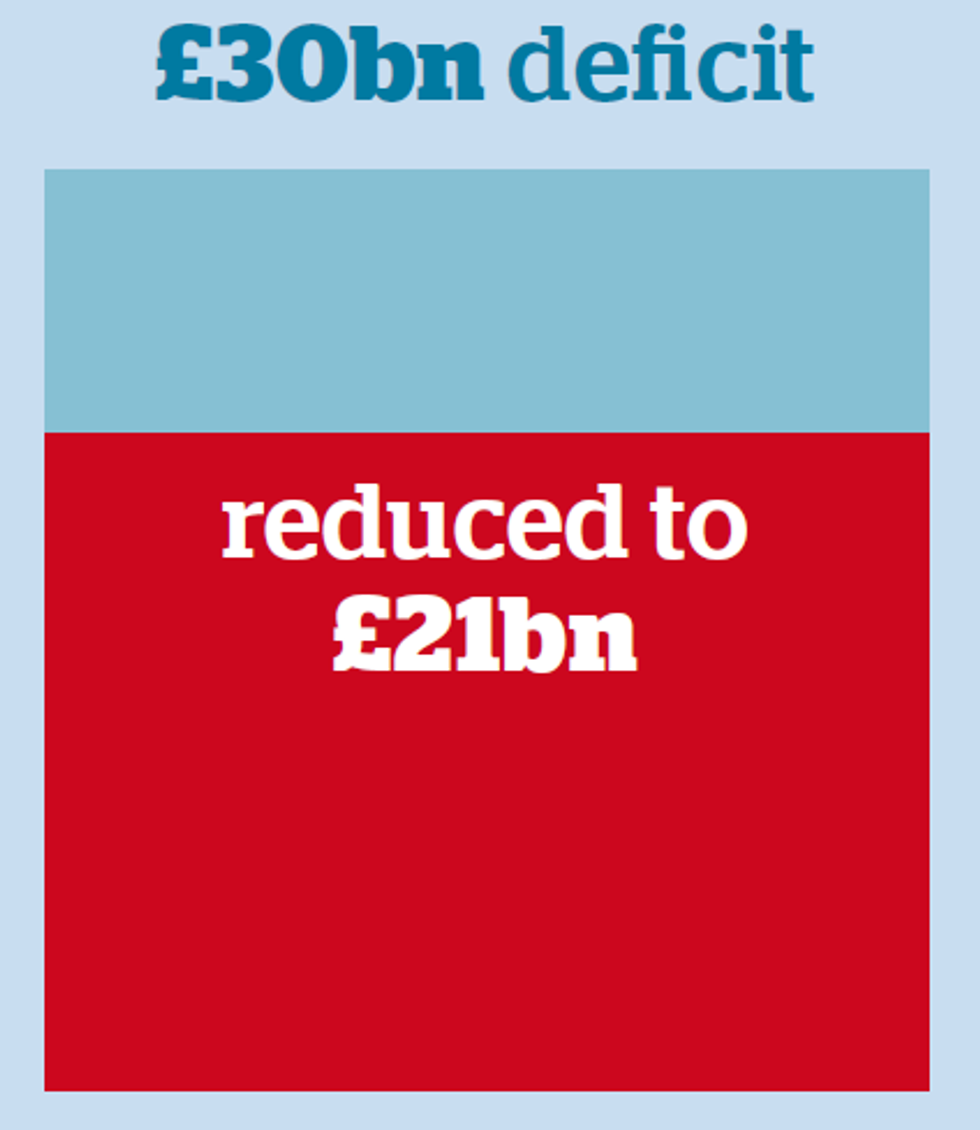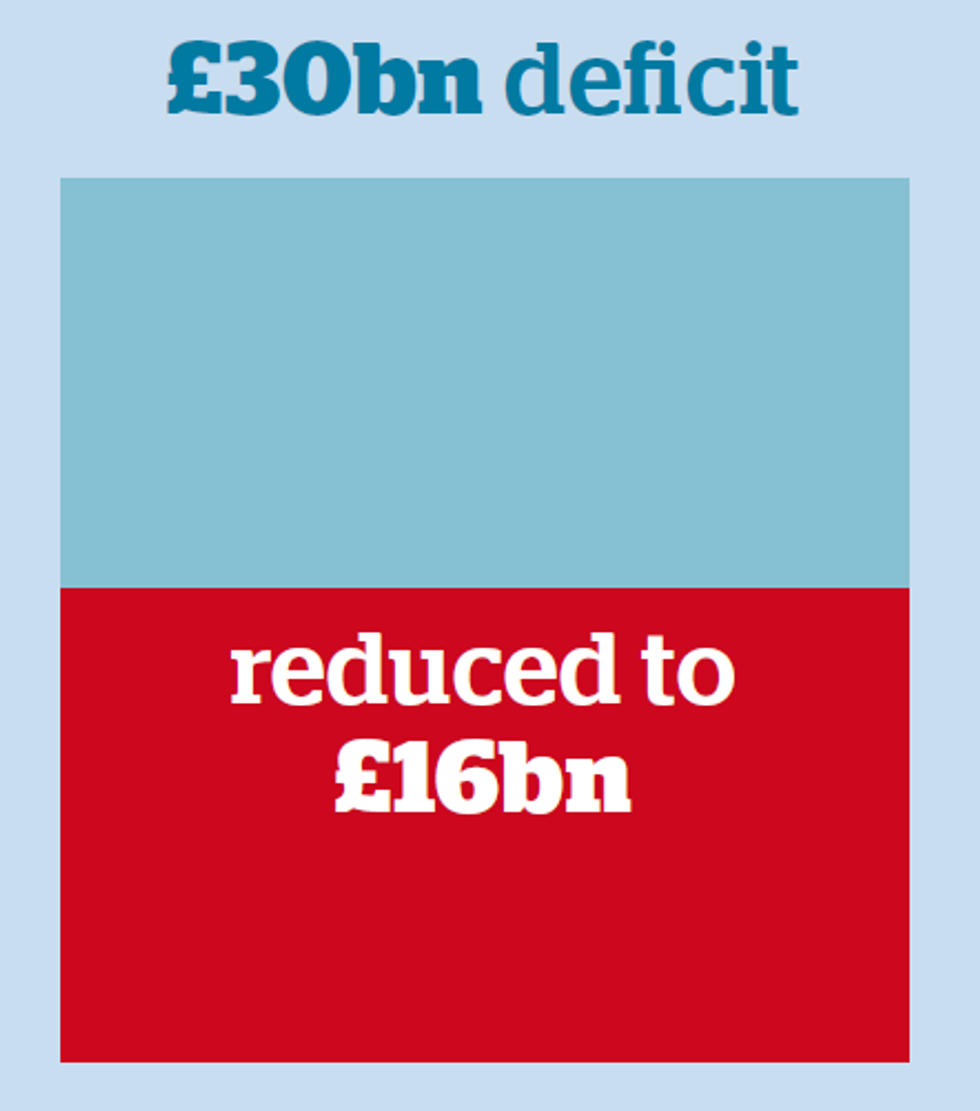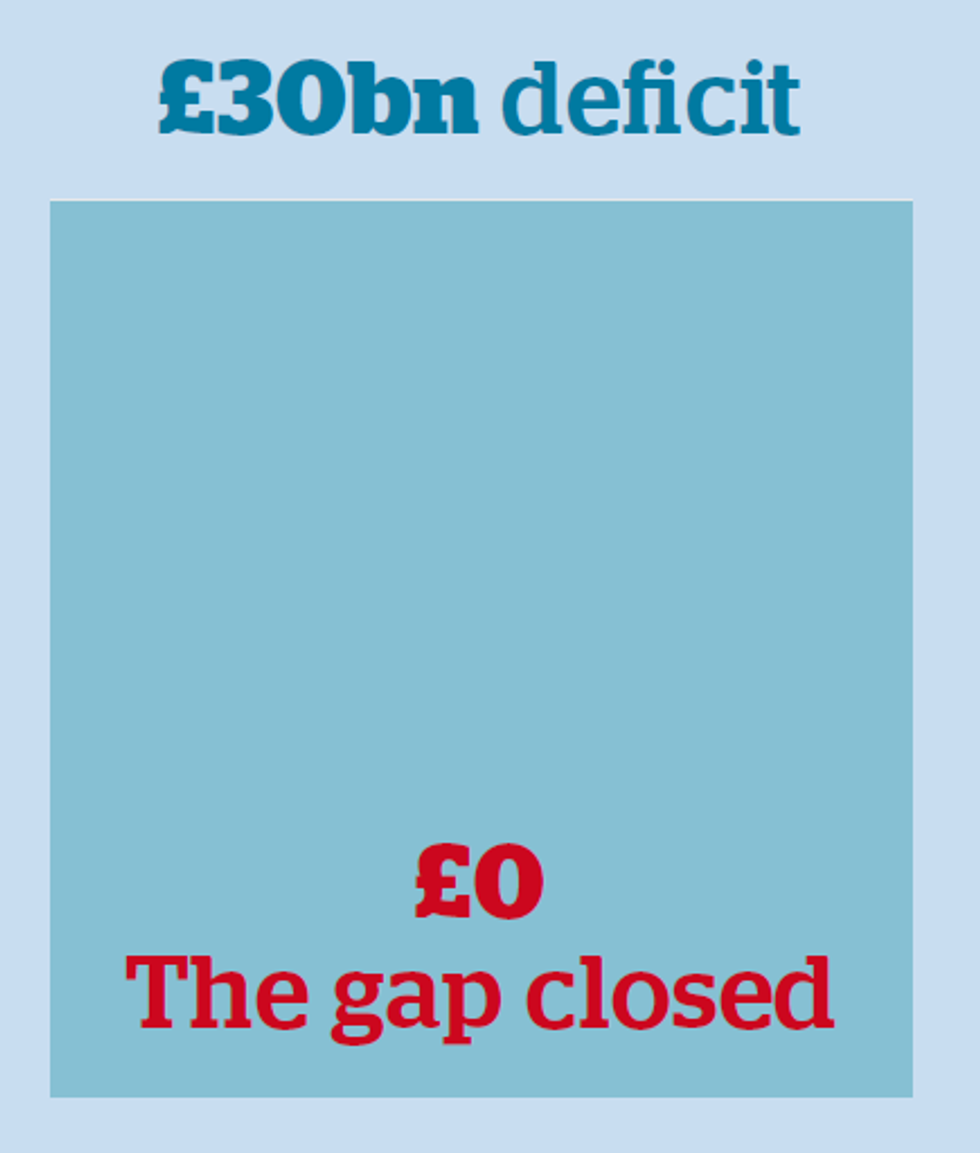News
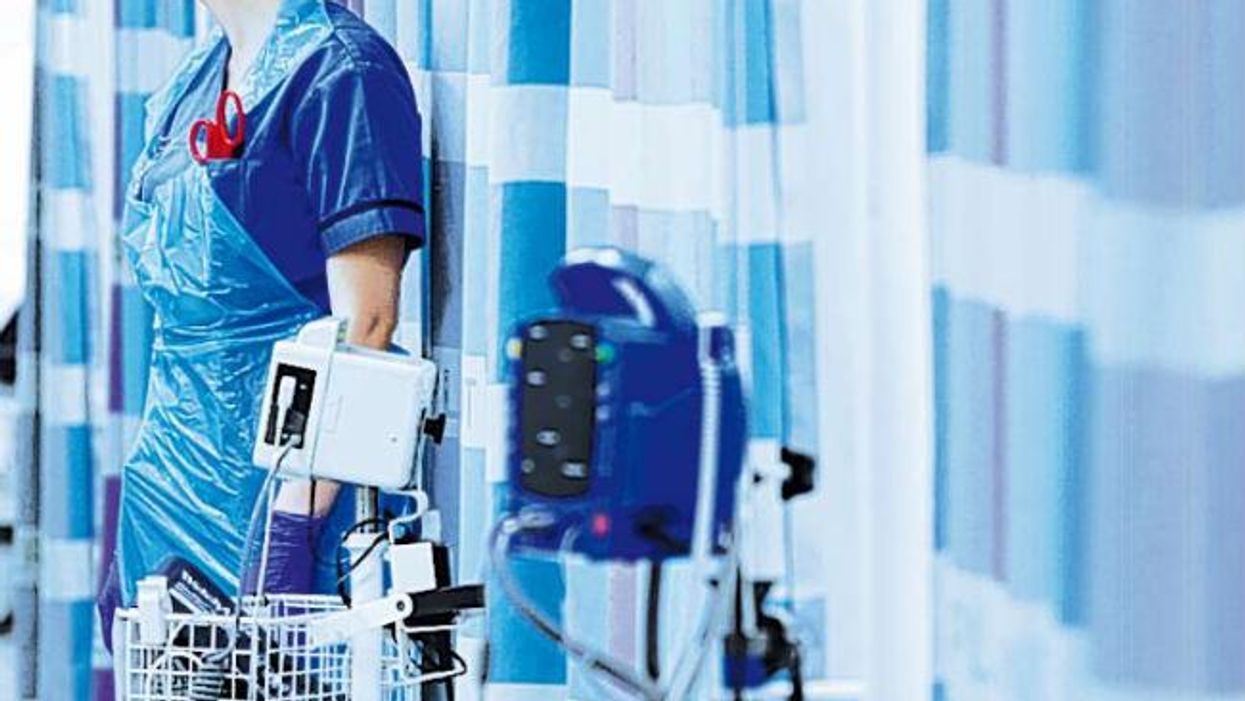
The chief executive of the NHS in England, Simon Stevens, has released a report setting out his five-year vision for the health service. Here's what you need to know:
Five-year plan highlights
GPs - will get a “new deal”, including more money, and at least 4,900 more trainees.
Hospitals – care and surgery for many serious conditions, such as stroke, heart disease and some cancers, to be concentrated at specialist centres.
Urgent care – focus on reducing pressure on A&E and bringing care closer to home.
Care homes – the NHS will provide more “in-reach” care to elderly and infirm people living in homes.
Public health – workplaces will give employees incentives to improve their health through weight loss.
Midwives – will have the opportunity to club together and to set up their own state-funded midwifery services.
Carers – 1.4 million unpaid carers in England will receive more support.
Digital technology – Appointments with GPs and ordering repeat prescriptions will be routinely available online.
Mental health – waiting times targets for people needing psychological treatments will come in next year.
Scotland and Wales
Reforms in England will be watched closely in Scotland and Wales, which share many of NHS England's entrenched problems despite having independent health services.
Scotland's own five-year plan, due to end in 2017, is focused on reducing the stark health inequalities that exist in the country, which are wider than in the rest of central and western Europe.
In Wales, meanwhile, the aim is to gain £425million in additional funding over the next two years.
NHS funding black hole
The report outlines how three different funding scenarios would affect the projected £30bn deficit of the NHS in England.
- Scenario 1
The NHS budget remains flat in real terms from 2015-16 to 2020-21. The NHS delivers its long-run productivity gain of 0.8 per cent a year. The combined effect is that the £30bn deficit is cut by about a third, to £21bn.
- Scenario 2
The NHS budget remains flat in real terms over the period, but it delivers stronger efficiency savings of 1.5 per cent. Combined effect is that the £30bn deficit is cut by half, to about £16bn.
- Scenario 3
The NHS gets the needed infrastructure and operating investment to rapidly carry out changes recommended in today’s report, which leads to savings of 2 to 3 per cent a year. The NHS budget goes up by around 1.5 per cent above inflation per year. The £30bn gap is closed by 2020-21.
More: [Everything you need to know about the NHS funding crisis]1
More: [NHS reforms and six other policies the coalition might regret]2
Top 100
The Conversation (0)
